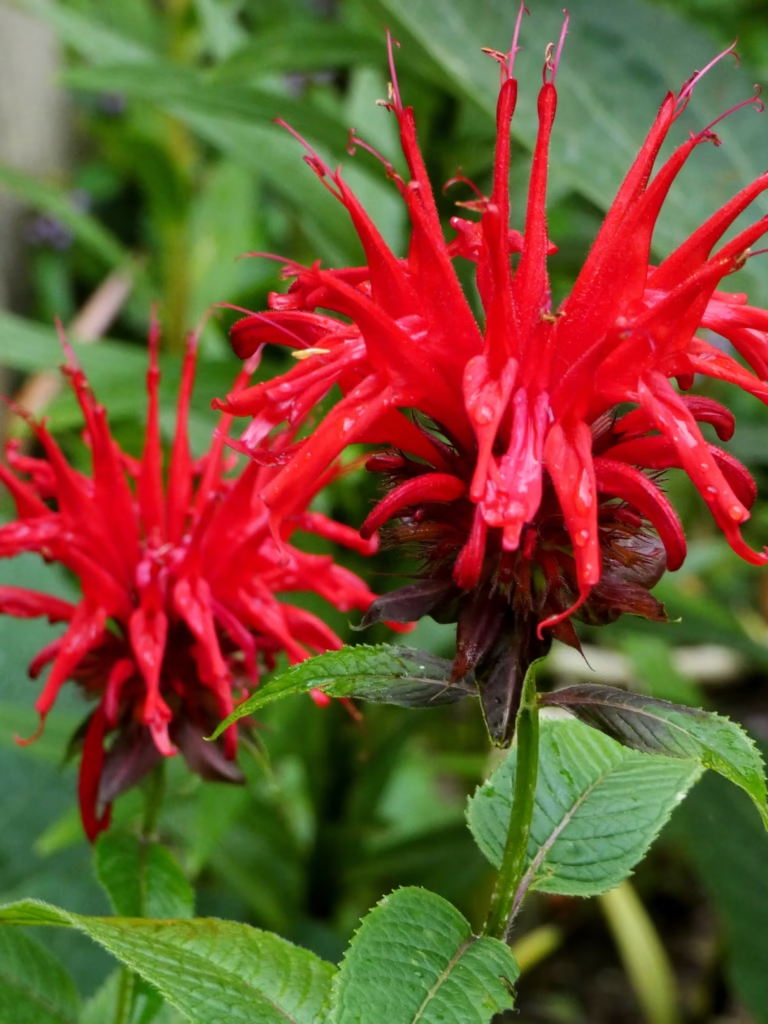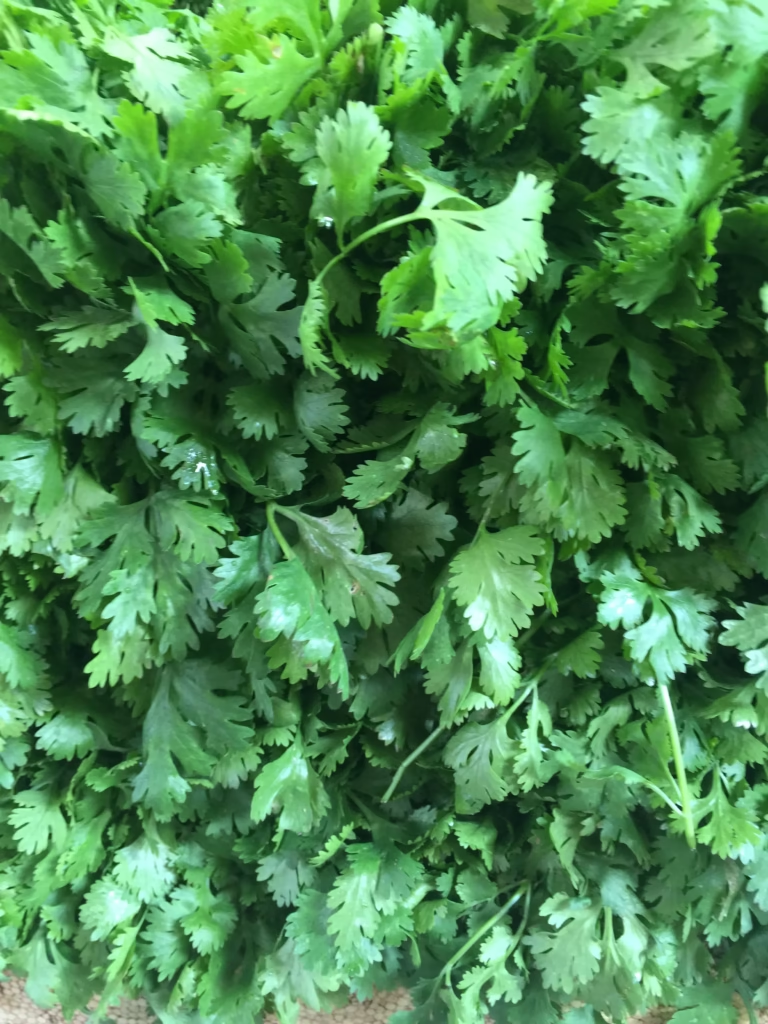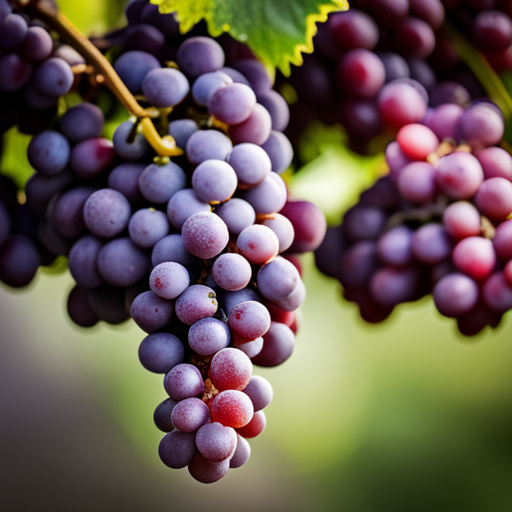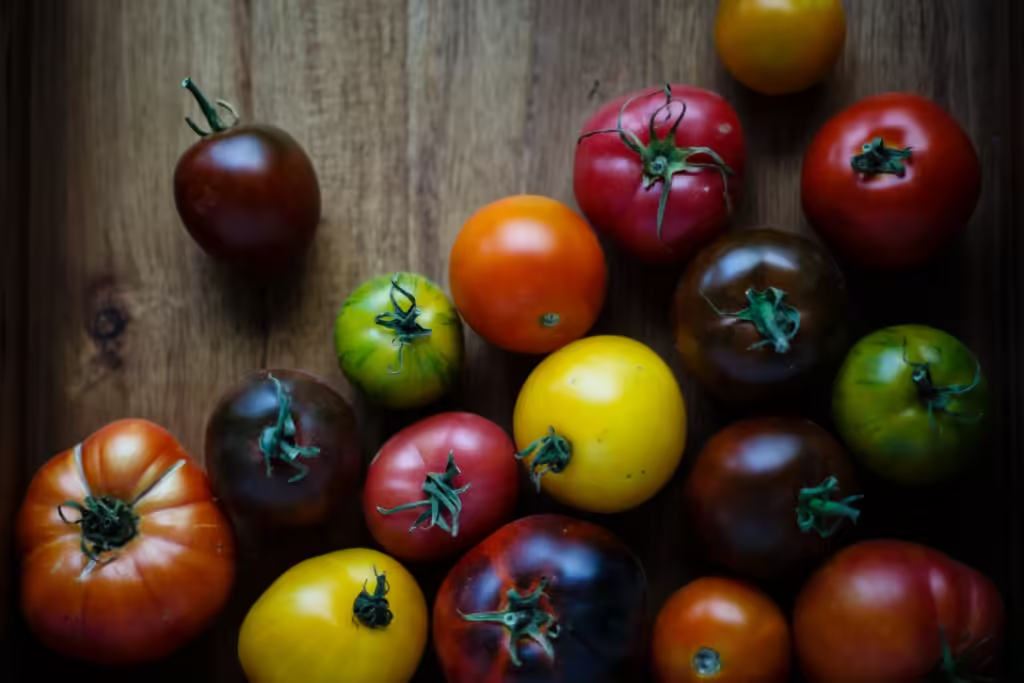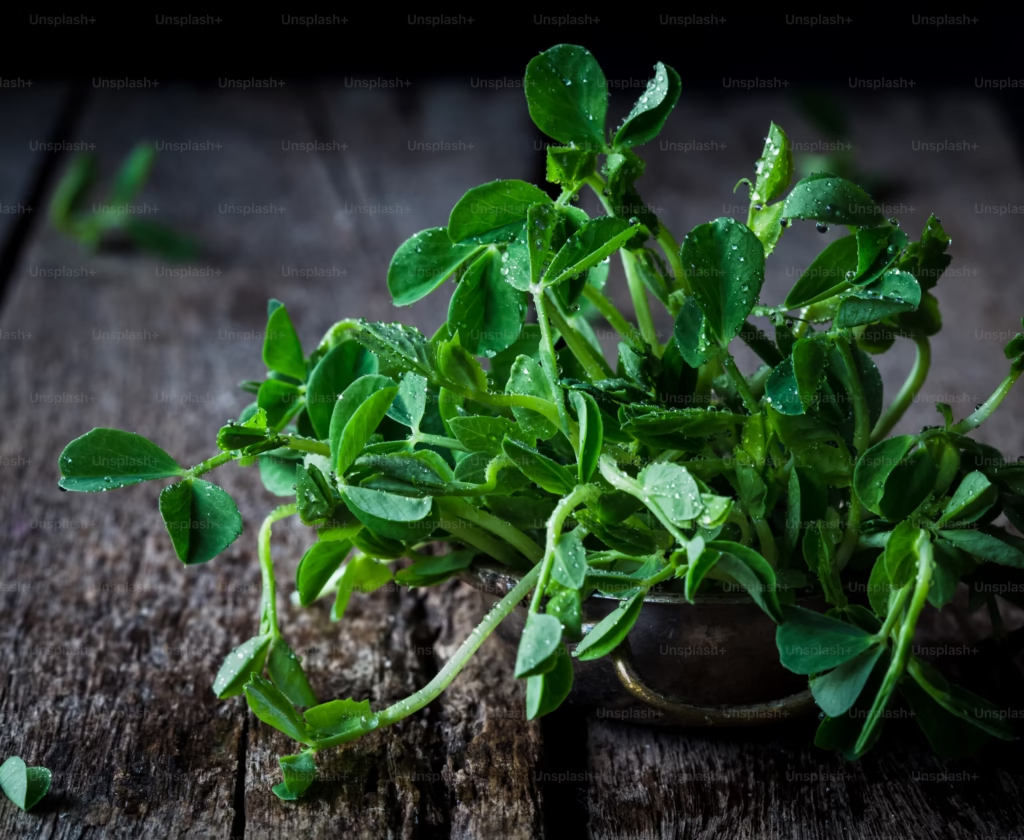
Saving parsley seeds to plant in your garden next year is a rewarding process that helps you enjoy a sustainable gardening experience. Not only does saving seeds reduce your gardening costs, but it also allows you to grow parsley that is already adapted to your local conditions. Parsley, a biennial herb, produces seeds in its second growing season, and with proper care, you can harvest, dry, and store these seeds effectively. Below, we’ll guide you through harvesting, drying, and storing parsley seeds so they remain viable for planting next year.
Harvesting Parsley Seeds
Harvesting parsley seeds requires a bit of patience since parsley produces seeds after its flowering phase. During the second year of growth, parsley plants send up tall stems with small clusters of yellowish-green flowers. These flowers eventually form seed heads. Allow the seed heads to mature on the plant until they turn brown and dry. This stage is critical because immature seeds will not germinate effectively.
Once the seeds are fully dry on the plant, gently clip the seed heads from the stems. It’s best to harvest seeds on a dry day when there is no moisture on the plant. Excess moisture can cause mold during the storage process, so timing matters. Keep a bowl or paper bag handy to catch any seeds that fall during harvesting. The seeds are small and lightweight, so handle them carefully to avoid losing any.
Drying Parsley Seeds
Drying parsley seeds properly ensures they store well and remain viable for next year’s planting. After collecting the seed heads, place them in a well-ventilated area with low humidity. Spread the seed heads on a clean tray or a piece of paper towel in a single layer. Make sure to keep them out of direct sunlight, as excessive heat can reduce their germination potential.
Allow the seed heads to dry for about one to two weeks. You’ll know the seeds are ready when they feel brittle and separate easily from the seed heads. To remove the seeds, gently rub the dried seed heads between your fingers. The seeds should fall away with minimal effort. Once separated, sift through the seeds to remove any remaining plant debris or chaff. Clean seeds store better and are less likely to attract pests.
Storing Parsley Seeds in Labeled Envelopes
Once the parsley seeds are dry and clean, it’s time to package them for storage. Seed envelopes are an excellent option for storing parsley seeds because they allow you to label and organize your collection. You can use small paper envelopes or make your own by folding pieces of paper into simple packets.
When labeling your seed envelopes, include important details such as the plant name, the date of harvest, and any specific notes about the parsley variety. Accurate labeling ensures you can easily identify your seeds when planting season arrives. Proper organization also helps if you’re saving seeds from multiple herbs or plant varieties.
Using Airtight Containers for Long-Term Seed Storage
While seed envelopes are great for initial organization, storing them in an airtight container provides the best long-term protection. Airtight containers prevent moisture and pests from damaging the seeds, which is crucial for preserving their viability. You can use metal tins, plastic containers, or glass jars with tight-fitting lids. Choose a container size that allows you to store multiple envelopes without overcrowding.
For added protection against humidity, place a silica gel packet inside the airtight container. Silica packets absorb excess moisture, creating a stable environment that keeps your parsley seeds dry. This step is especially important if you live in a region with high humidity. Keep the container in a cool, dark place such as a pantry, basement, or refrigerator. Consistent storage conditions help ensure the seeds remain viable for one to two years.
Benefits of Saving Parsley Seeds
Saving parsley seeds offers several advantages for home gardeners. First, it promotes self-sufficiency by providing you with seeds for future planting. This reduces your reliance on store-bought seeds and can save money over time. Additionally, saved seeds often perform better in your garden because they come from plants already adapted to your local growing conditions.
Another benefit is the ability to preserve heirloom or unique parsley varieties. If you grow a specific type of parsley that you love, saving its seeds ensures you can continue cultivating it year after year. Seed saving also gives you a deeper connection to your gardening efforts, as you play an active role in the life cycle of your plants.
Common Mistakes to Avoid
While saving parsley seeds is a straightforward process, a few common mistakes can affect the quality and viability of your seeds. One mistake is harvesting seeds too early before they have fully matured. Immature seeds will not germinate effectively, so always wait until the seed heads are completely dry on the plant.
Another common error is skipping the drying process. If you store seeds that are not fully dry, they can develop mold or lose their ability to sprout. Take the time to dry your seeds thoroughly before placing them in envelopes or containers.
Lastly, avoid storing seeds in areas with fluctuating temperatures or high humidity. Heat and moisture are the main factors that reduce seed viability, so choose a storage location that stays cool and dry year-round.
Final Thoughts on Saving Parsley Seeds
Saving parsley seeds is a simple yet rewarding process that any gardener can master. By carefully harvesting, drying, and storing the seeds, you can enjoy a consistent supply of parsley in your garden each year. Use seed envelopes for organization and airtight containers with silica packets for long-term storage. With the right approach, your saved parsley seeds will remain viable and ready to sprout when planting season arrives.
Not only does seed saving enhance your gardening experience, but it also contributes to a sustainable lifestyle. Whether you’re a seasoned gardener or just starting out, saving parsley seeds is an easy way to take your gardening skills to the next level. Try it this season and enjoy the satisfaction of growing parsley from seeds you’ve saved yourself.
Please be sure to check out my Gardening Blog Post Page for more tips on all types of gardening. Including Seed Saving, Seed Starting, Orchids, Water Gardening, Coldframe Gardening, Indoor Bulb Gardening, Hydroponics, Container Gardening, Mums, Herbs, African Violets, planting Bulbs, Flower Gardening, Vegetable and Fruit Gardening, Indoor Houseplants of all kinds, Cactus, Succulents, Hanging plants, Deer resistant plants and even Bird, Bee, Butterfly and Hummingbird Gardens!


